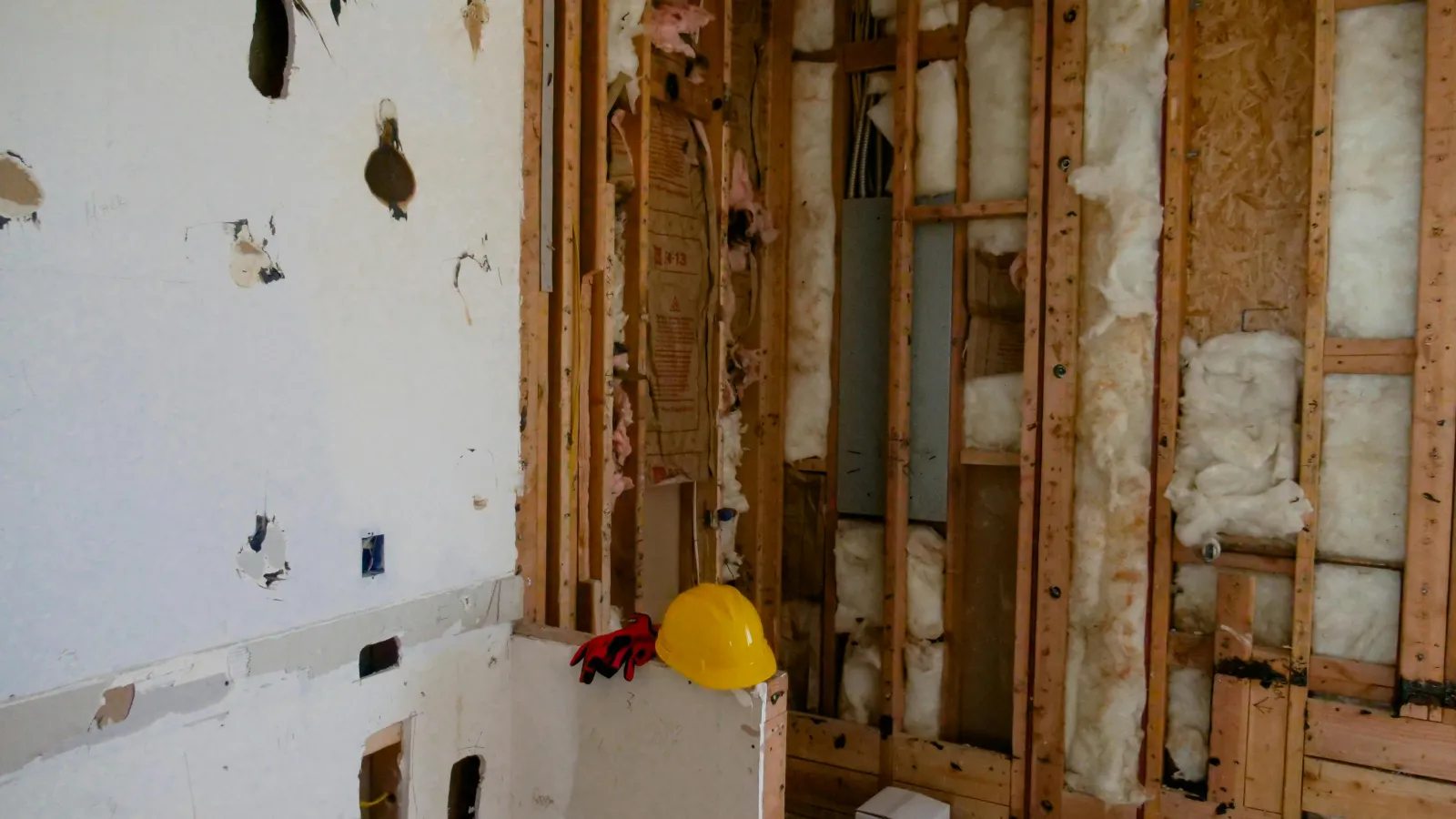R30 insulation is a type of thermal barrier designed to keep your home
comfortable and energy-efficient year-round. Known for its exceptional heat
resistance, this insulation material achieves an R-value of 30, indicating its
ability to resist heat flow. The higher the R-value, the more effective the
insulation is at reducing energy costs and maintaining indoor temperature
consistency.
Whether you're tackling a home improvement project or building a new
home, understanding R30 insulation's characteristics and applications is key to
maximizing its benefits. From its thickness and installation areas to the
differences between R30 and other insulation types, this blog will answer all
your questions.
What is R30 Insulation Used For?
R30 insulation is primarily used in spaces requiring high thermal
resistance to maintain energy efficiency and regulate indoor temperatures. It
is common in attics, floors, and ceilings, where heat transfer is more likely
due to exposure to outdoor temperatures.
For example, if your attic gets excessively hot in summer or cold in
winter, installing R30 insulation can significantly reduce temperature
fluctuations, keeping your living spaces comfortable. This insulation is
particularly beneficial for homeowners in regions with extreme seasonal weather
patterns.
Additionally, R30 insulation is ideal for reducing heating and cooling
costs. By creating a thermal barrier, it minimizes the workload on HVAC
systems, leading to energy savings. It's also an excellent choice for
soundproofing, helping dampen noise in multi-story homes or between shared
walls.
How Many Inches Deep is R30 Insulation?
One of the most common questions homeowners ask is, "How thick is
R30 insulation?" The thickness of R30 insulation can vary depending on the
material used.
- Fiberglass Batt Insulation: Typically, R30 fiberglass batts
are about 8 to 9 inches thick. These pre-cut panels are easy to install
and commonly used in attics and between wall studs.
- Spray Foam
Insulation: R30 can be achieved with spray foam at a thickness of approximately
5 inches for closed-cell foam. This type is denser and provides higher
thermal resistance per inch.
- Blown-In
Insulation: Loose-fill or blown-in insulation may require 10 to 12 inches to
reach R30, depending on the material (fiberglass, cellulose, or mineral
wool).
The exact depth may also vary based on compression or settling, so it's
essential to consult with a professional or follow manufacturer guidelines for
accurate installation.
What's the Difference Between R19 and R30 Insulation?
Understanding the differences between R19 and R30 insulation helps
homeowners make informed decisions based on their specific needs.
R-Value Comparison
- R19 Insulation: Offers a thermal resistance
rating of 19, making it suitable for moderate climates or areas where heat
transfer is less significant, such as walls.
- R30 Insulation: With a higher R-value, R30 is
designed for areas requiring superior thermal protection, like attics and
ceilings in colder or hotter climates.
Thickness Variance
- R19 insulation is thinner,
usually around 6.5 inches for fiberglass batts, compared to the 8 to 9
inches of R30 fiberglass insulation. This difference impacts their
effectiveness in reducing heat transfer.
Energy Efficiency
While both types provide insulation, R30 is the better option for
maximizing energy savings in areas where heat loss or gain is a major concern.
For example, R19 may suffice for interior walls, but R30 is more appropriate
for exterior-facing attics or floors.
Choosing between R19 and R30 often depends on the specific application
and climate requirements. Investing in R30 insulation for high-exposure areas provides long-term energy efficiency and comfort for most homeowners.
Where Do You Put R30 Insulation?
R30 insulation is versatile and can be installed in several key areas of
a home. Here's where you're most likely to find it used:
Attics
Attics are one of the most common areas for R30 insulation. Since heat
rises, an uninsulated attic can become a major source of heat loss in winter
and heat gain in summer. Installing R30 insulation helps create an effective
thermal barrier, maintaining a stable indoor temperature.
Floors
In homes with unheated basements or crawlspaces, insulating the floors
with R30 prevents cold air from seeping into living areas. This application is
especially valuable in regions with harsh winters, where maintaining a warm
floor surface enhances comfort.
Ceilings
R30 insulation is frequently installed in ceilings, particularly in
multi-story homes. It helps reduce noise transmission between floors and
improves energy efficiency by minimizing heat exchange between levels.
Exterior Walls
Although less common, R30 insulation can be used in exterior walls for
homes in extremely cold or hot climates. The higher R-value ensures optimal
protection against temperature fluctuations and energy loss.
Proper placement and sealing are crucial when installing R30 insulation to maximize its performance. Gaps or improper installation can compromise its
effectiveness, leading to increased energy costs and reduced comfort.
Request an Estimate from USA Insulation
If you're ready to experience the benefits of R30 insulation, USA Insulation is here to help. Request a free estimate today, and discover how our comprehensive insulation services can make your home more comfortable and energy-efficient. Contact us now to get started!



